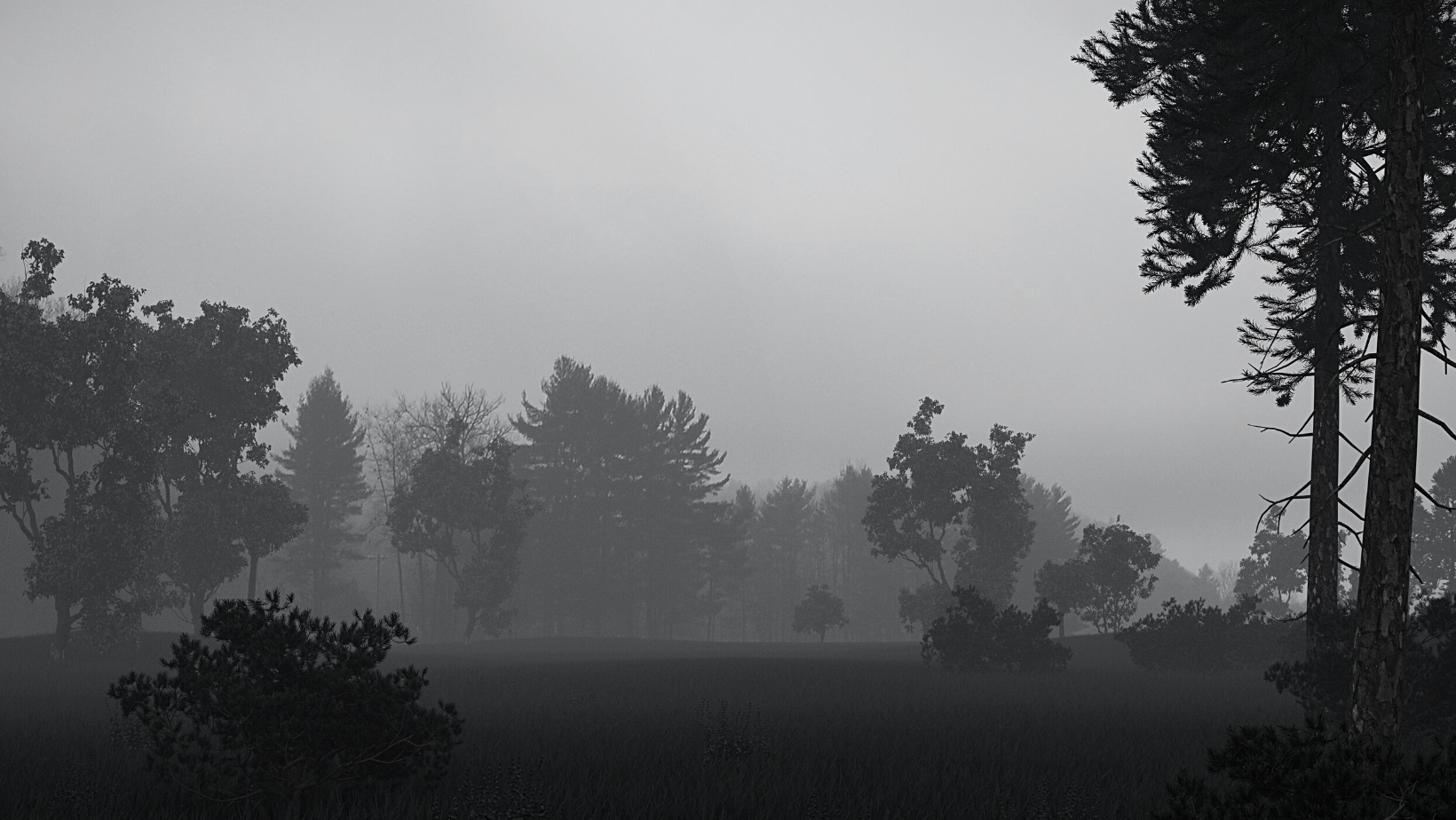Happy Wednesday, everyone! Have you ever witnessed a star being born? If not, read on because I have a treat for you this week!
This week we will be heading back to our old pal Orion, but instead of looking for a particular star, our Stargazing Side Quest target this week will be something different – a nebula!
A nebula is a huge cloud of space-dust and space-gas. Sometimes nebulae come from supernova explosions while others are stellar nurseries where stars are born. The Orion nebula (M42) is one of these stellar nurseries. In fact, it’s the closest one to us! Because M42 is so close and so huge, it is relatively bright and easy to find from our perspective on Earth.
To find the Orion nebula tonight, first find the constellation Orion. From there, look for the three stars in a horizontal line that form Orion’s “belt”. Below that you’ll see a few stars with a fuzzy blob between them. That fuzzy blob is the massive cloud of gas and dust known as the Orion nebula! Within this nebula are stars literally being born. With the naked eye this nebula will only look like a fuzzy spot in the sky, but with a pair of binoculars or a telescope you’ll be able to pick up more detail. Either way, while looking at the Orion nebula you can be sure you are actually watching the birth of stars right before your very eyes.

M42 (the Messier number for this nebula) is not in our solar system, but it is in the same spiral arm of the Milky Way as our Sun. It’s about 1500 light-years away and the nebula itself spans about 40 light-years. That’s WAY bigger than our usual star targets! The stars in this nebula are very young and very hot – much hotter than our Sun.
The Orion nebula is our first Messier object of 2023. What’s a Messier object? I’m glad you asked! Messier comes from the French astronomer Charles Messier who compiled a list of celestial objects to avoid looking at in the sky because they weren’t comets. Messier wanted to make sure astronomers of the time who were looking for comets didn’t get distracted by these hazy objects that could have been mistaken for them. Messier eventually compiled a list of over 100 of these “not-comets”, which ended up to be full of beautiful nebulae and star clusters (even a whole other galaxy!) just waiting for our observing tech to improve.
Today amateur astronomers celebrate this list of Messier objects with an annual “Messier Marathon” that involves trying to observe as many of the objects on the list as you can within a single night. This usually takes place on a new Moon in the spring. Springtime because you can see a lot of the objects during this season and the night of the new Moon because the extra darkness makes it easier to find and observe the fainter objects. Sound fun? I hope so because we’re going to do the Messier Marathon together this year! Don’t worry if you’re a stargazing newbie – I’ll have a list of a few beginner-friendly targets. And if you find M42 tonight, you already know one Messier object and will be able to readily find it again for the marathon!
Let us know if you find the Orion nebula tonight! Be sure to tag @stargazingsidequest, @liminal.earth, and #WUFO on Instagram with your stargazing pictures so we can boost and celebrate your achievement this week!
Our weekly Stargazing Side Quests will always be FREE for everyone! If you enjoy these free astronomy lessons and would like to make a small donation to support their production, please consider a small contribution to my Tip Jar. All proceeds go to getting a Unistellar telescope that will significantly improve our weekly Stargazing Side Quests as well as open the doors for in-person star parties where even folks in the most light polluted areas will still be able to see the beauty of the night sky. Donations are not at all mandatory, but are greatly appreciated!
SOURCES
https://www.nasa.gov/feature/goddard/2017/messier-42-the-orion-nebula
https://science.nasa.gov/m42-inside-orion-nebula
https://www.messier-objects.com/messier-42-orion-nebula/
https://www.space.com/orion-nebula
https://spaceplace.nasa.gov/nebula/en/
https://www.space.com/16686-charles-messier-biography.html
https://astronomy.com/magazine/news/2020/03/how-to-observe-a-messier-marathon
